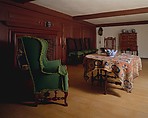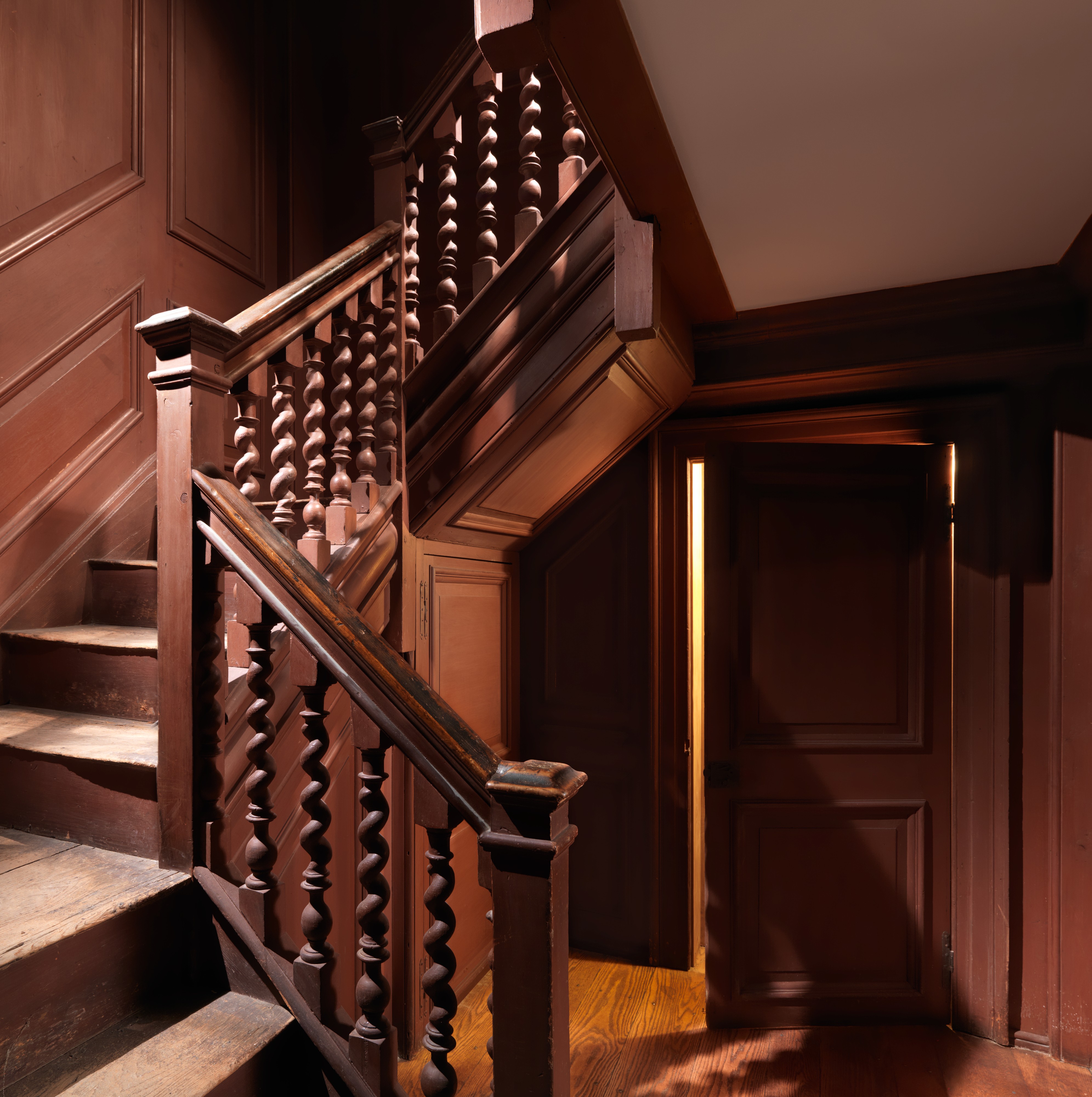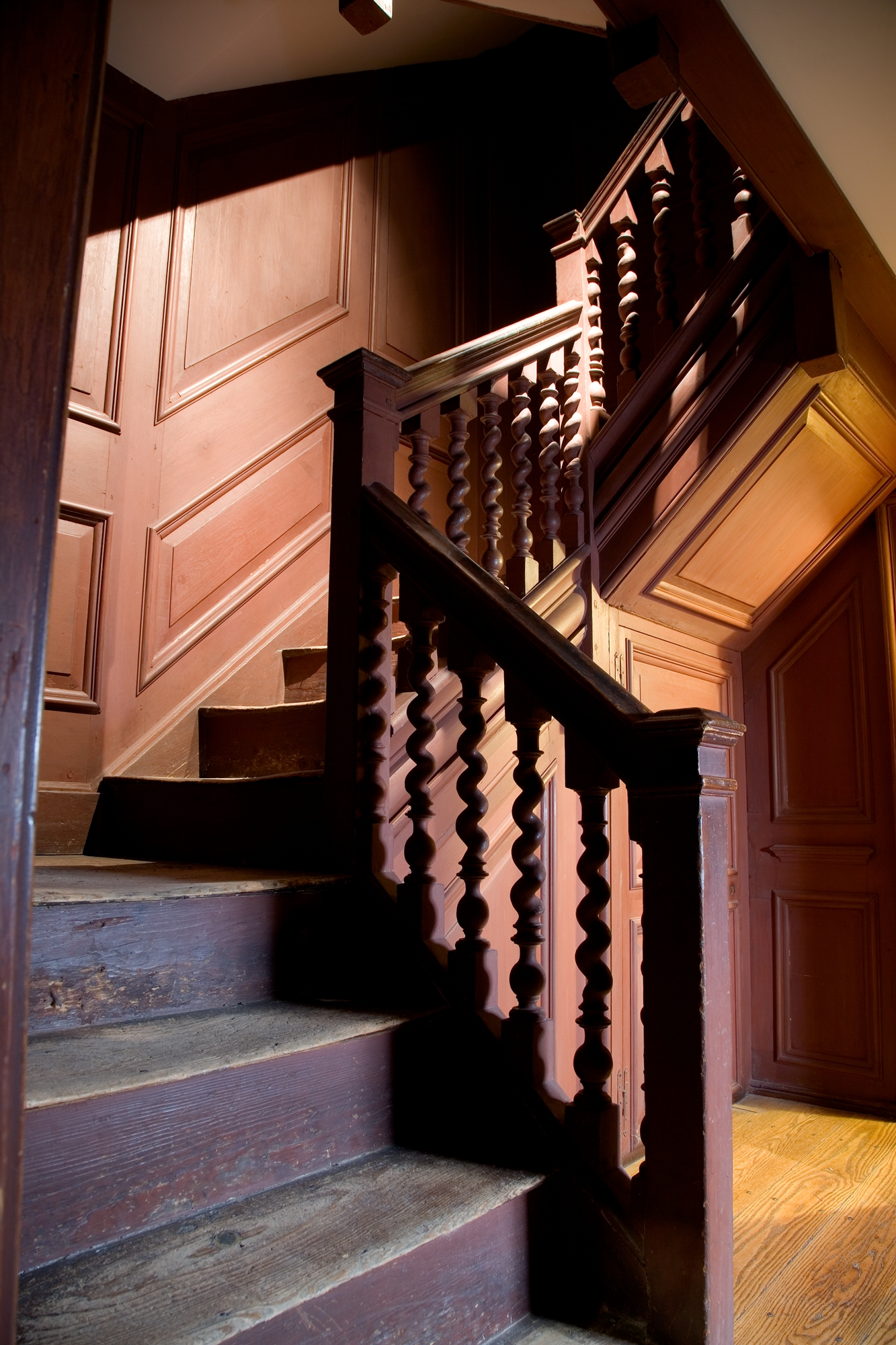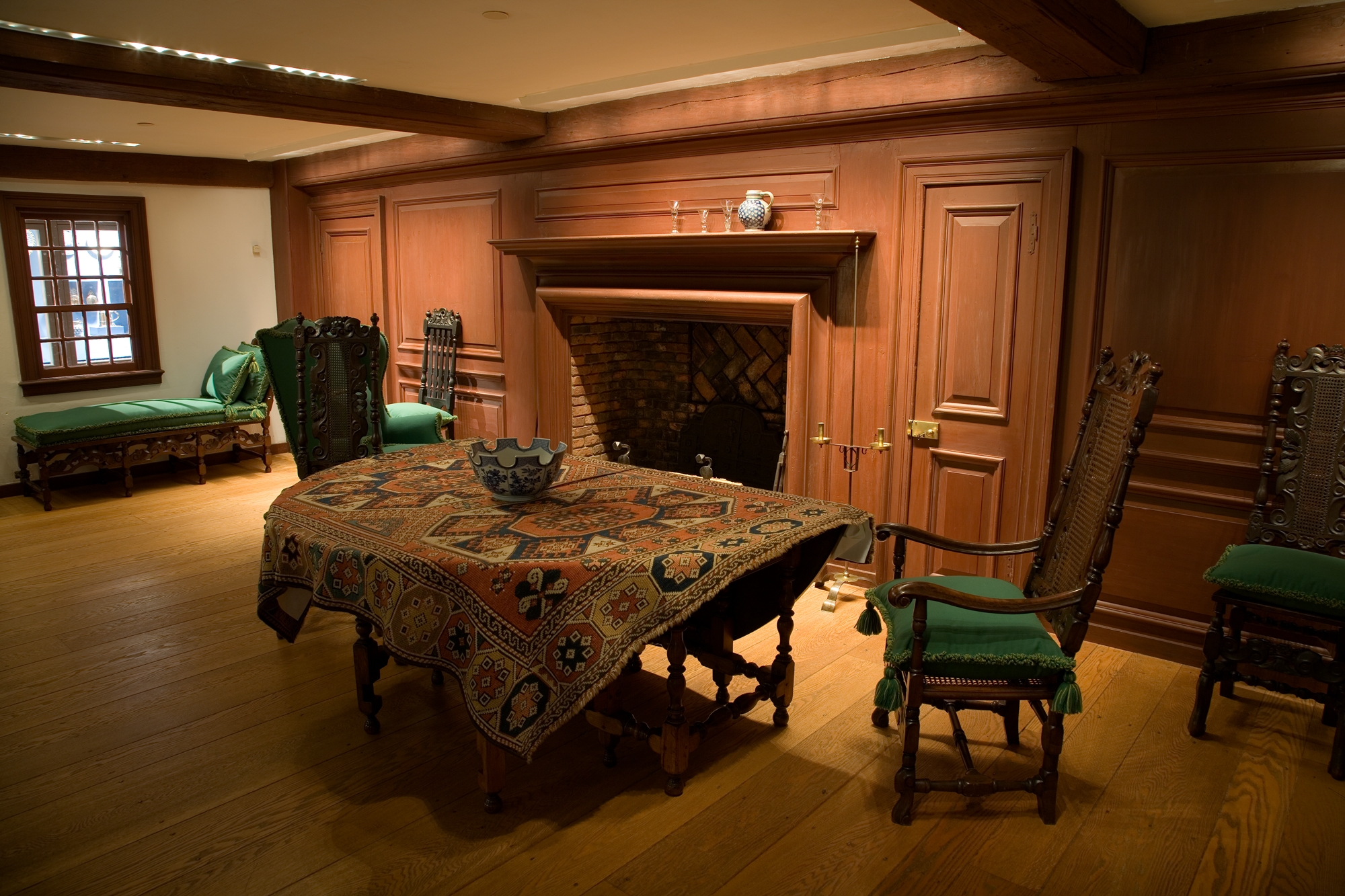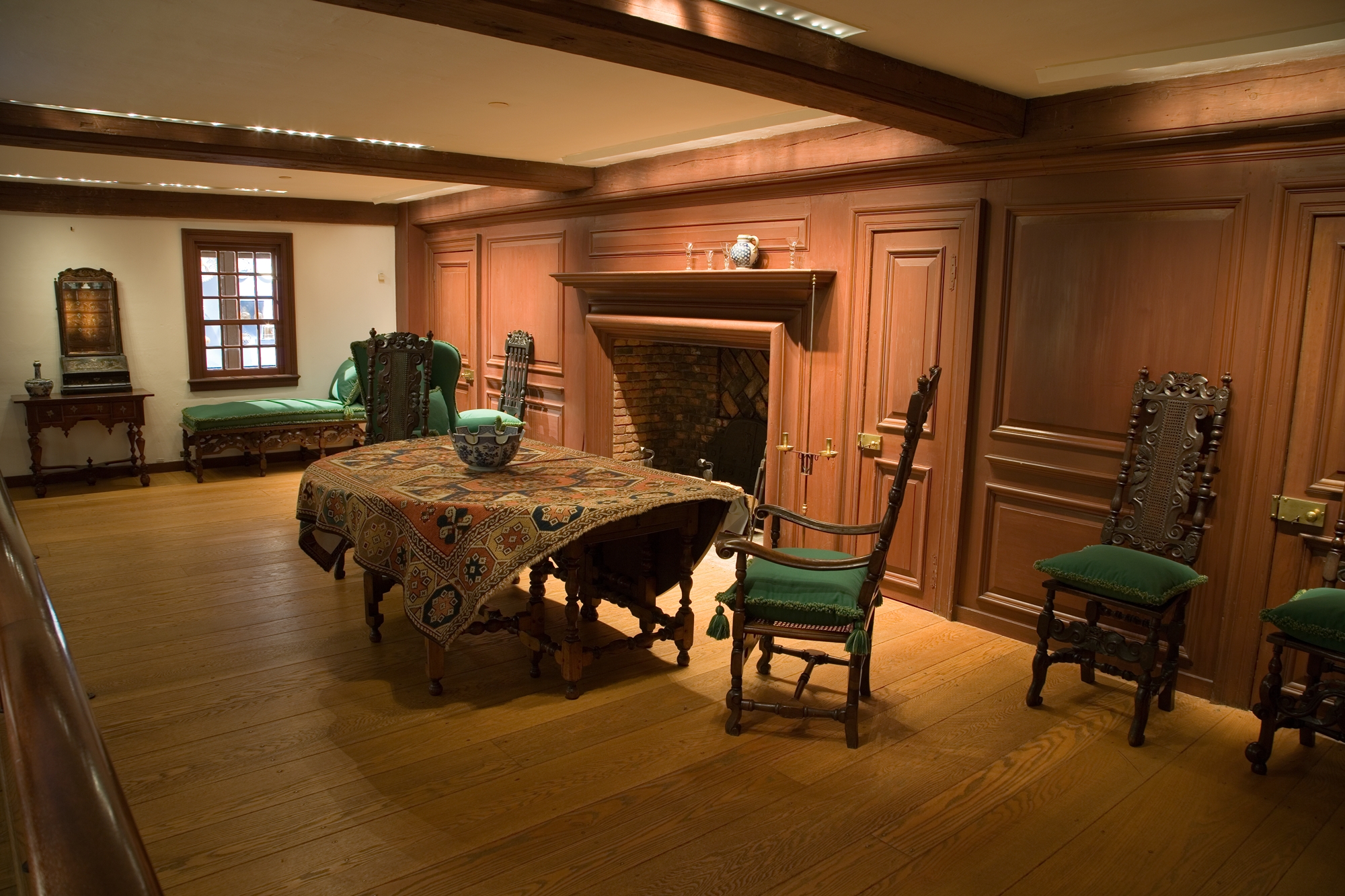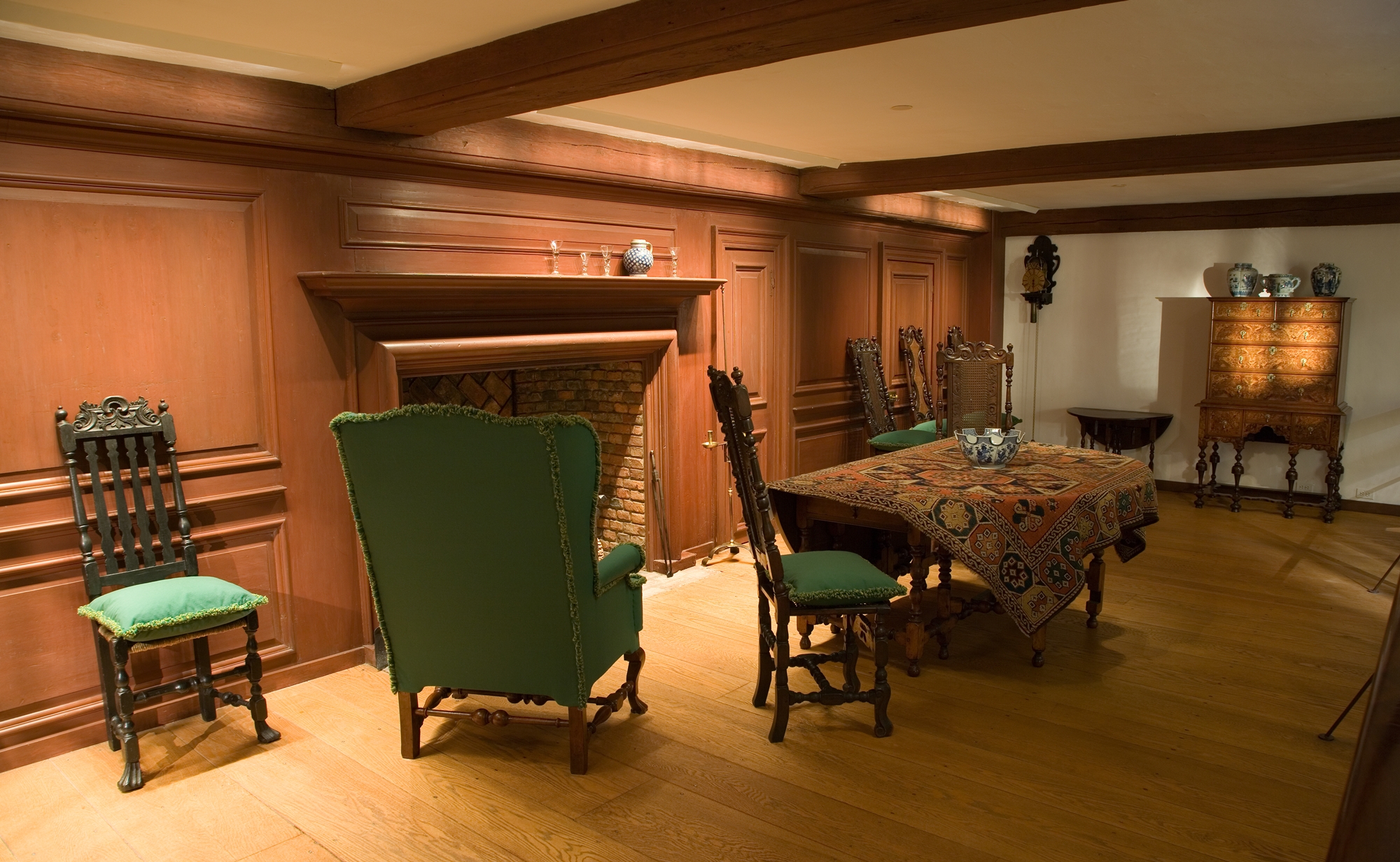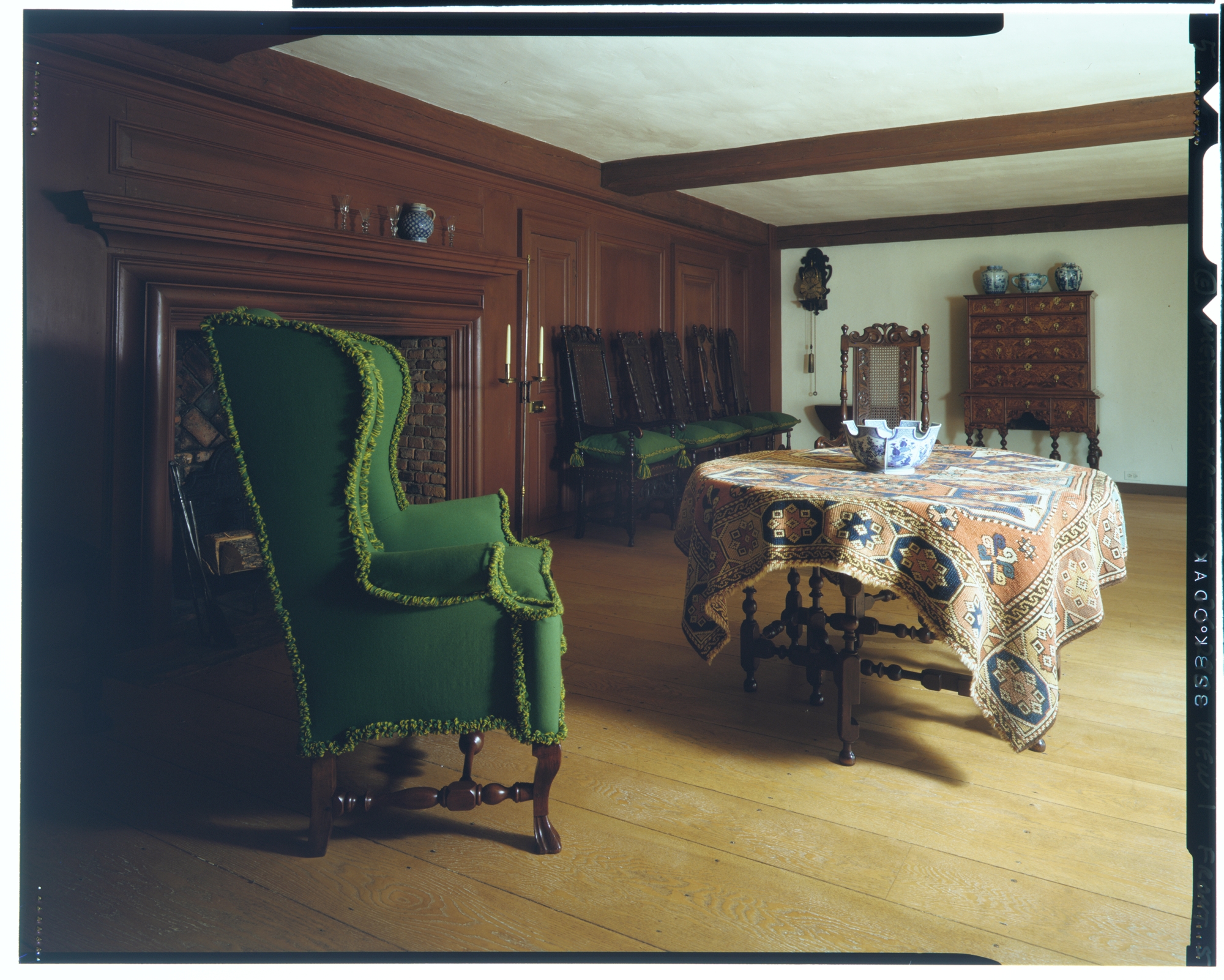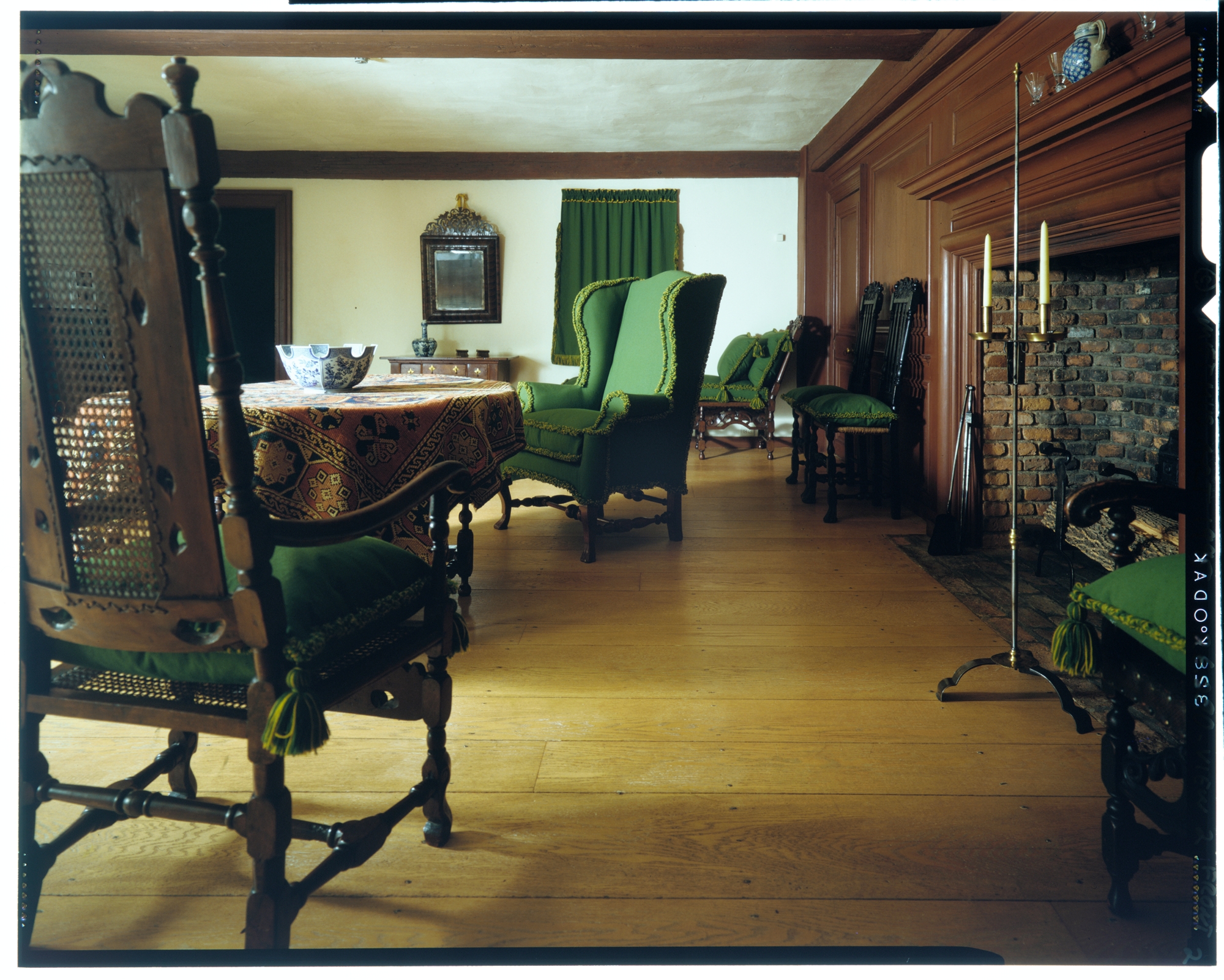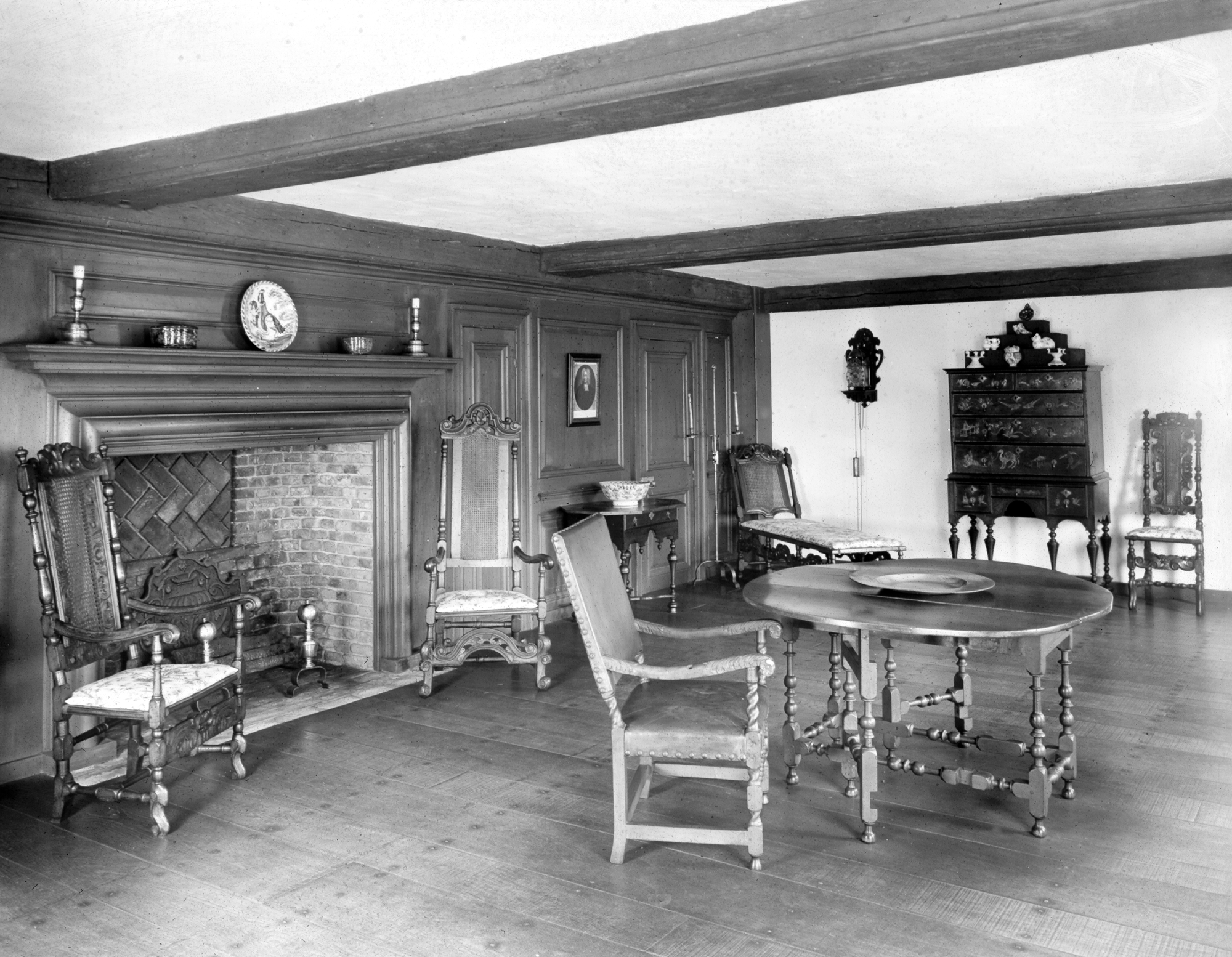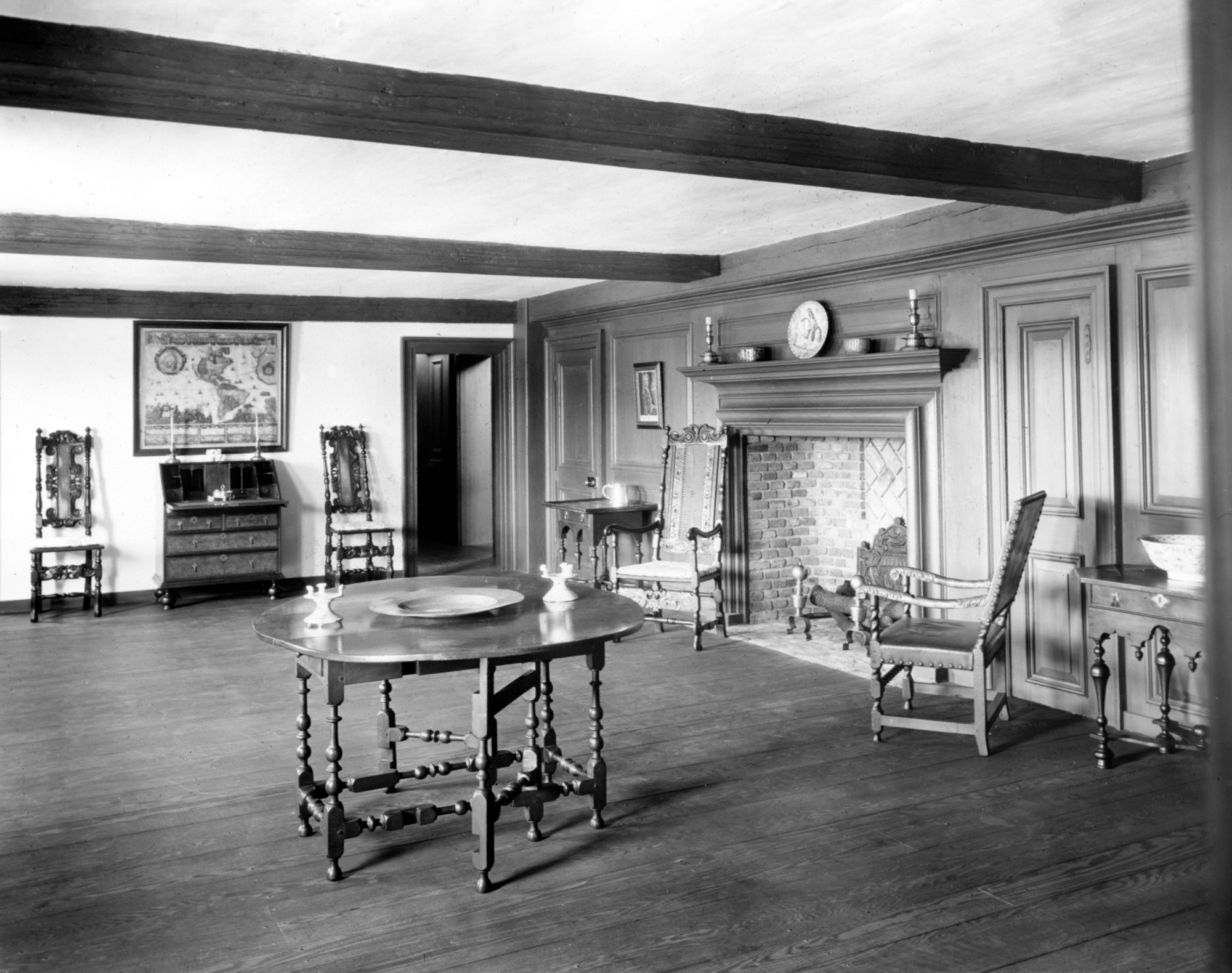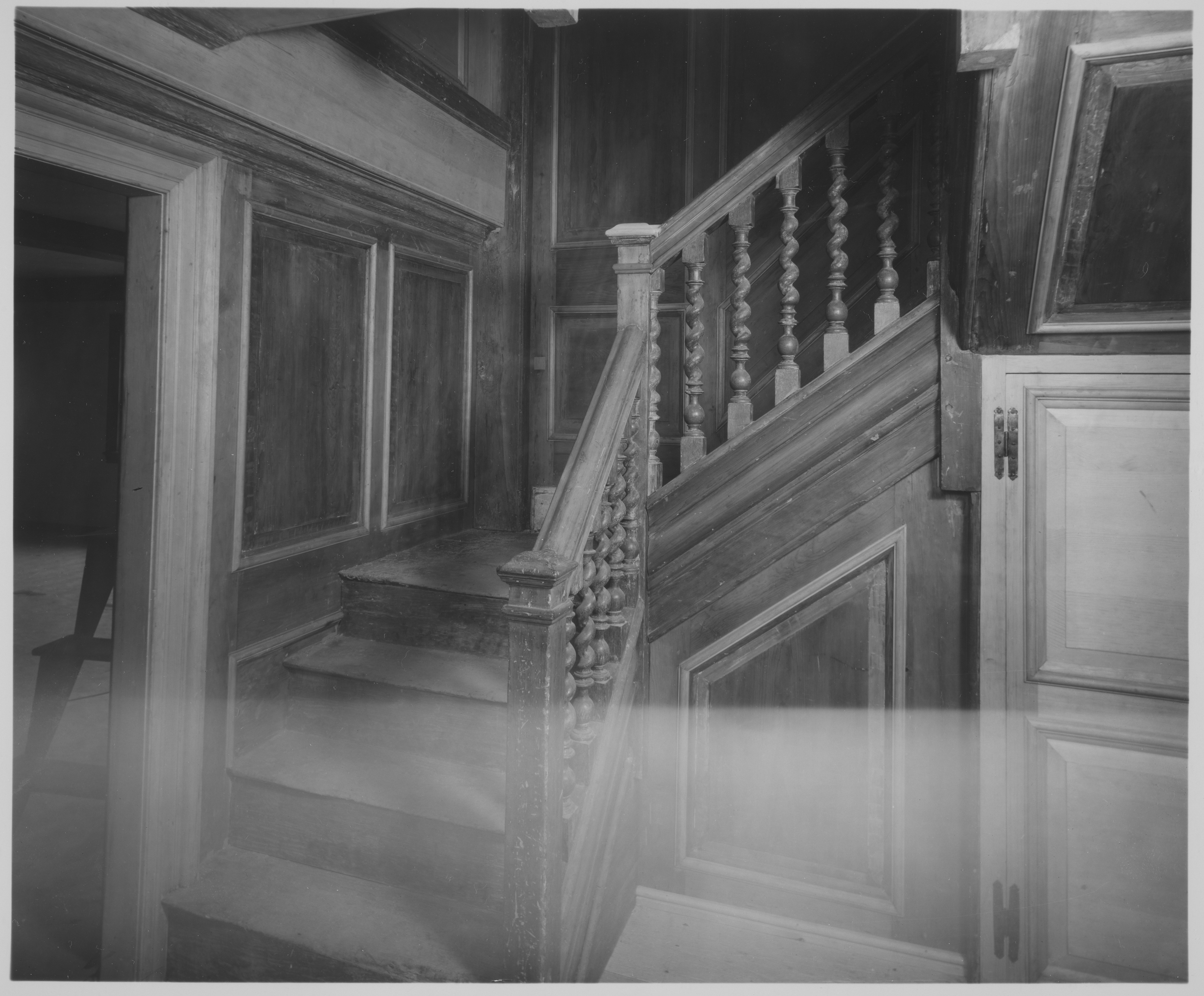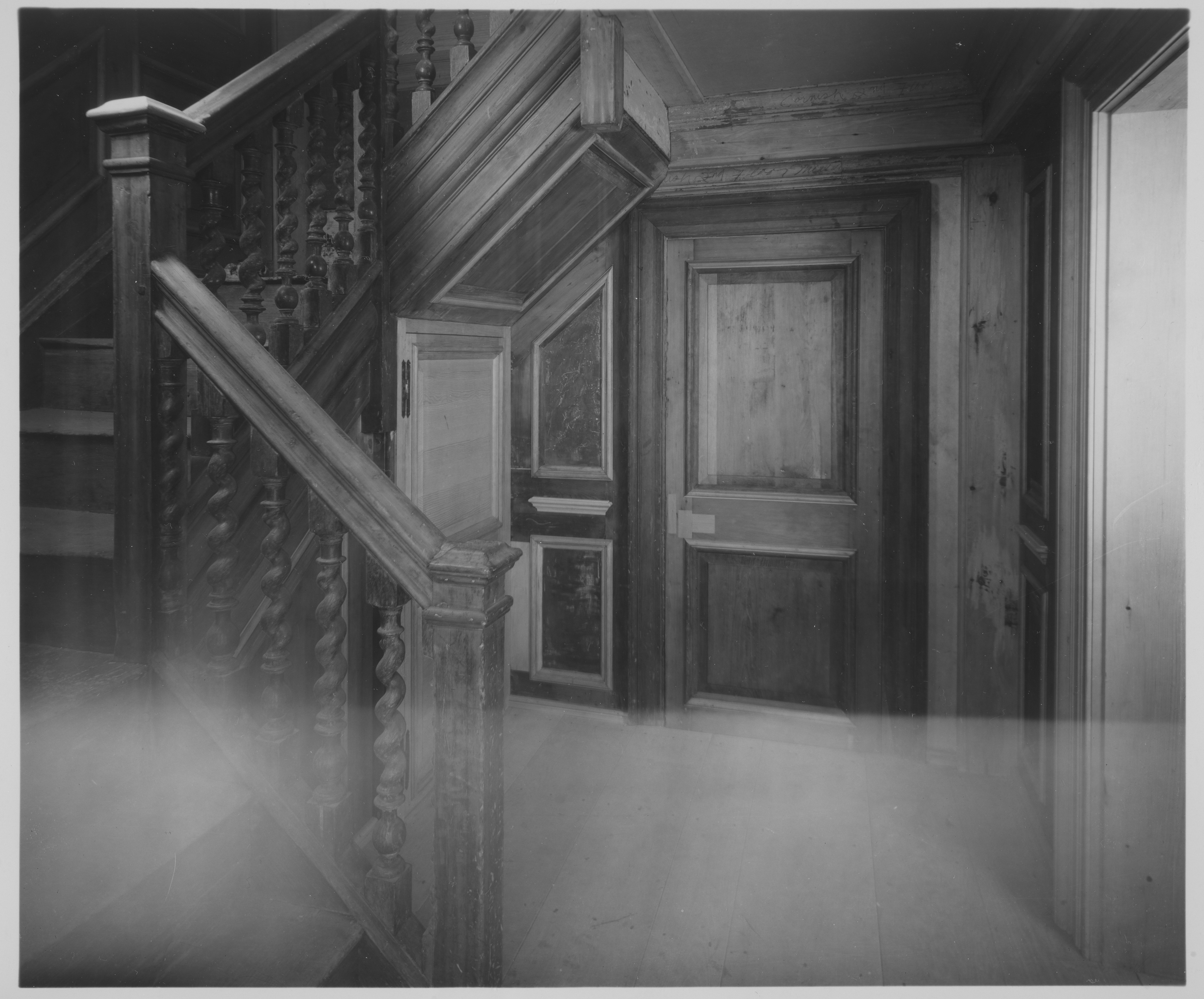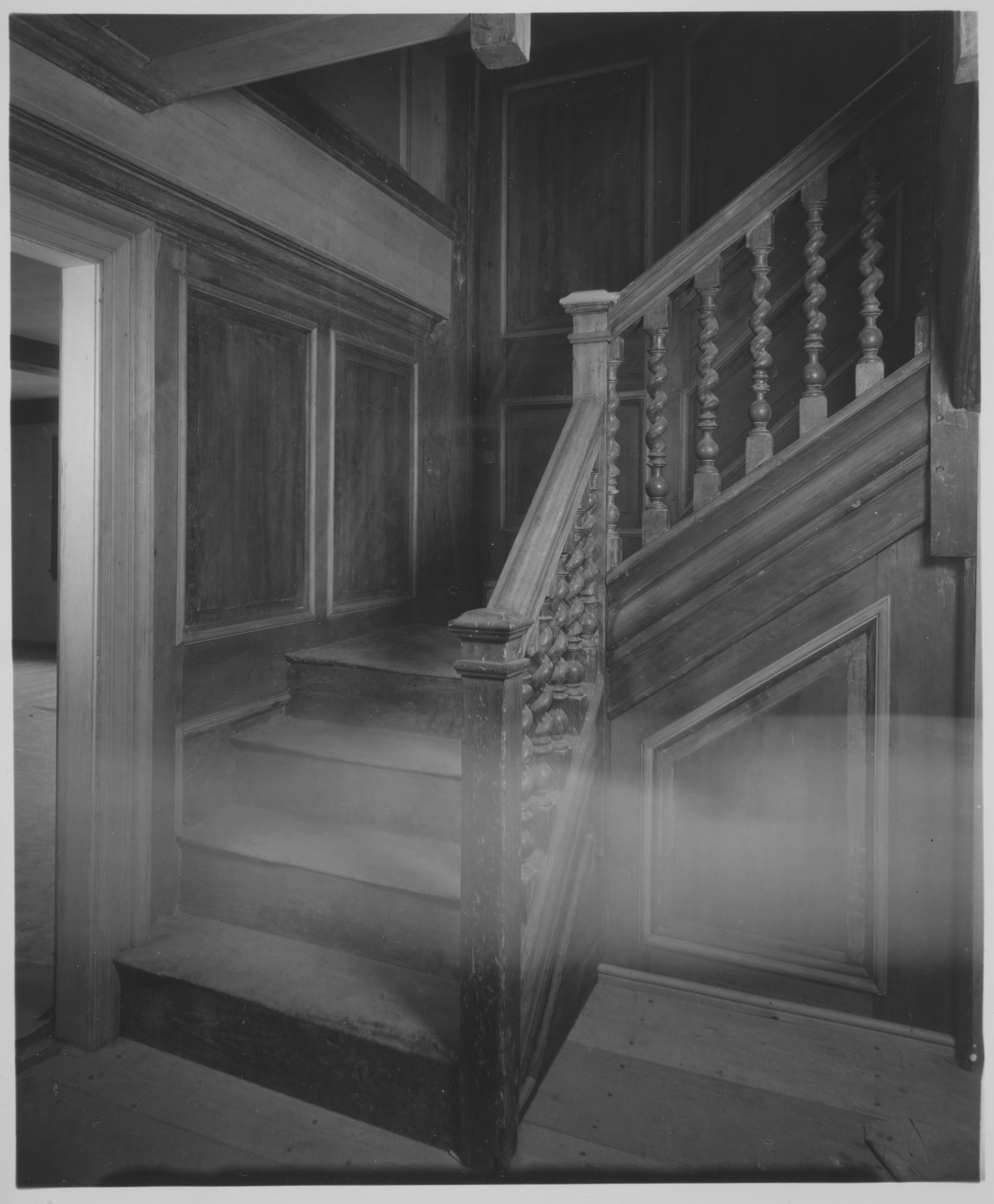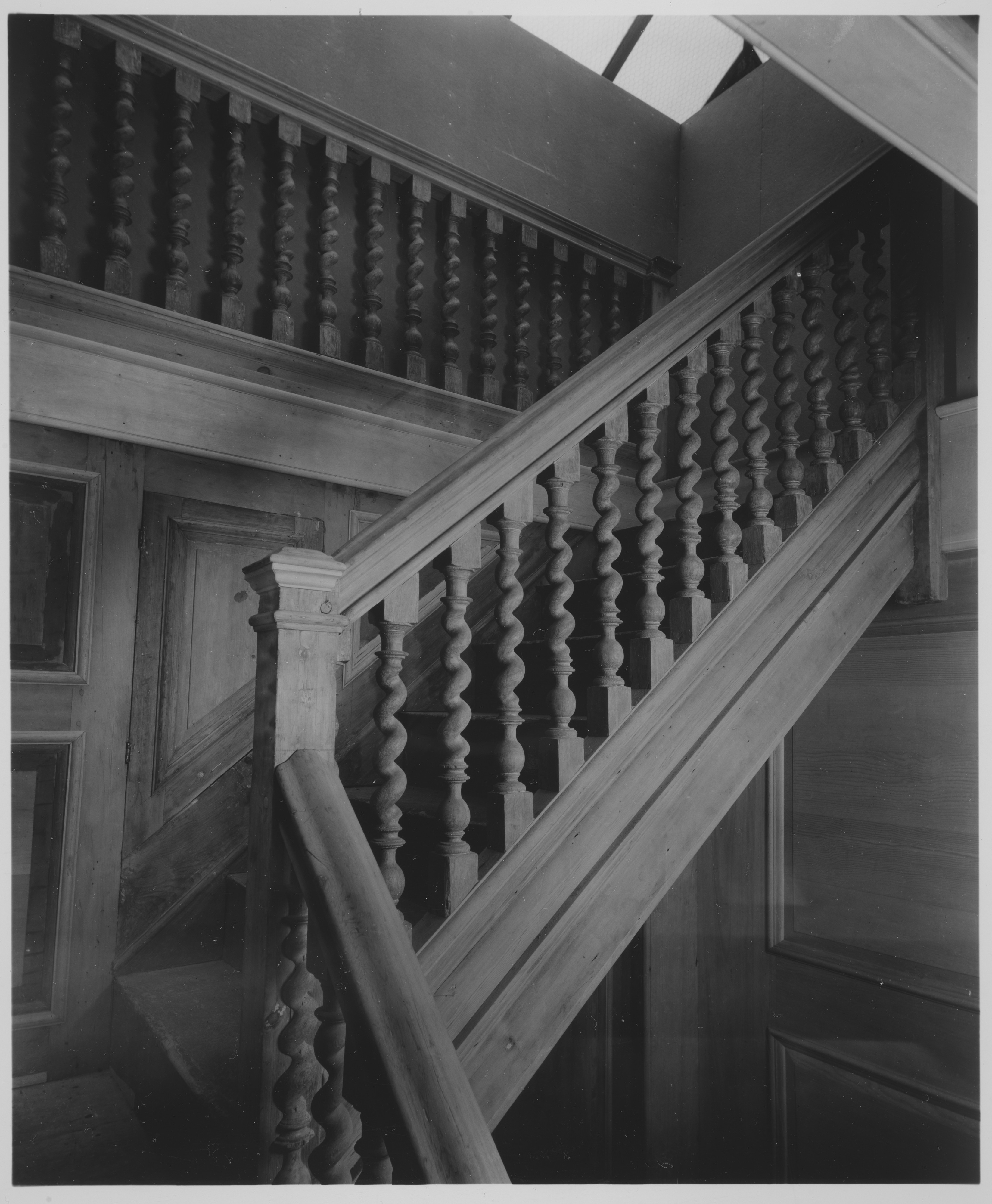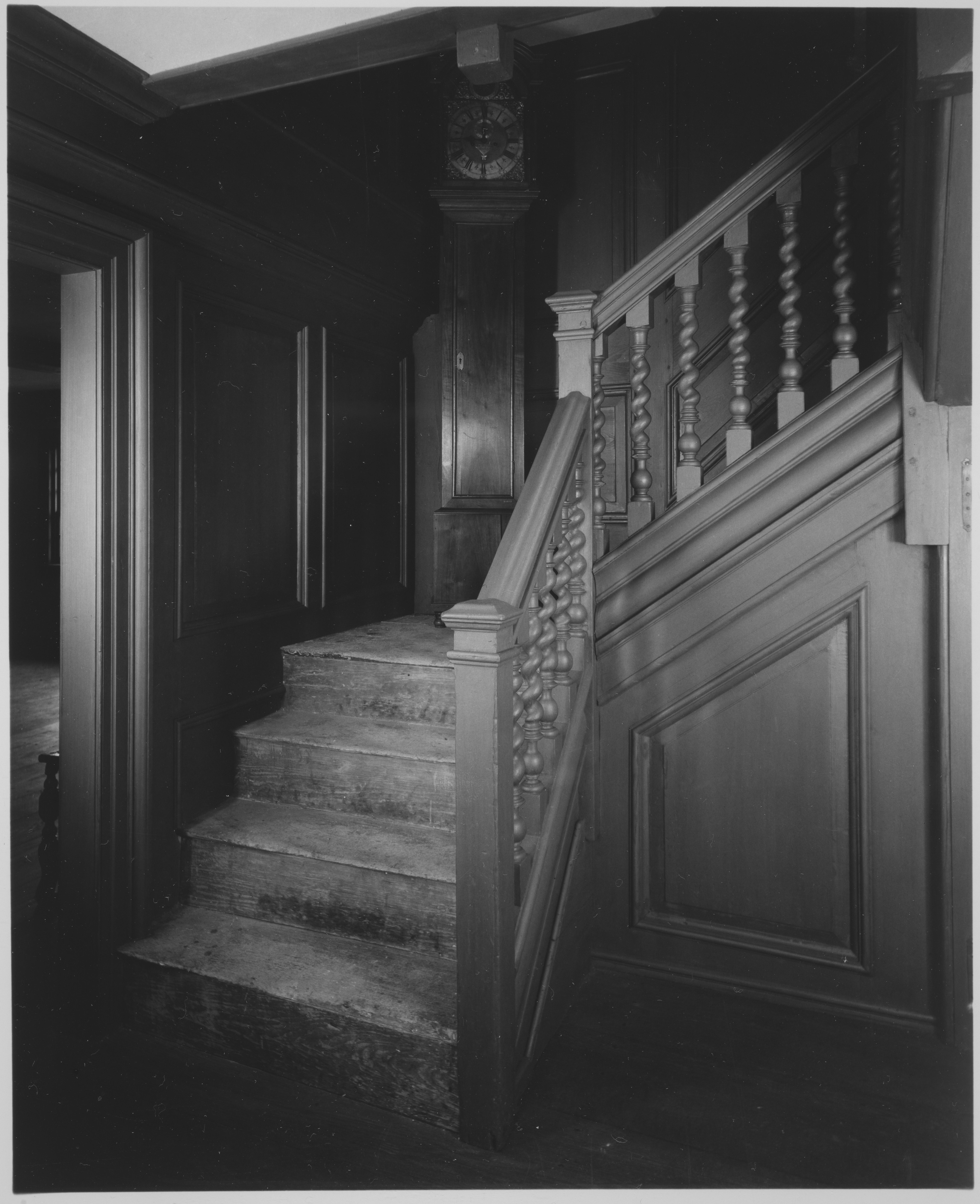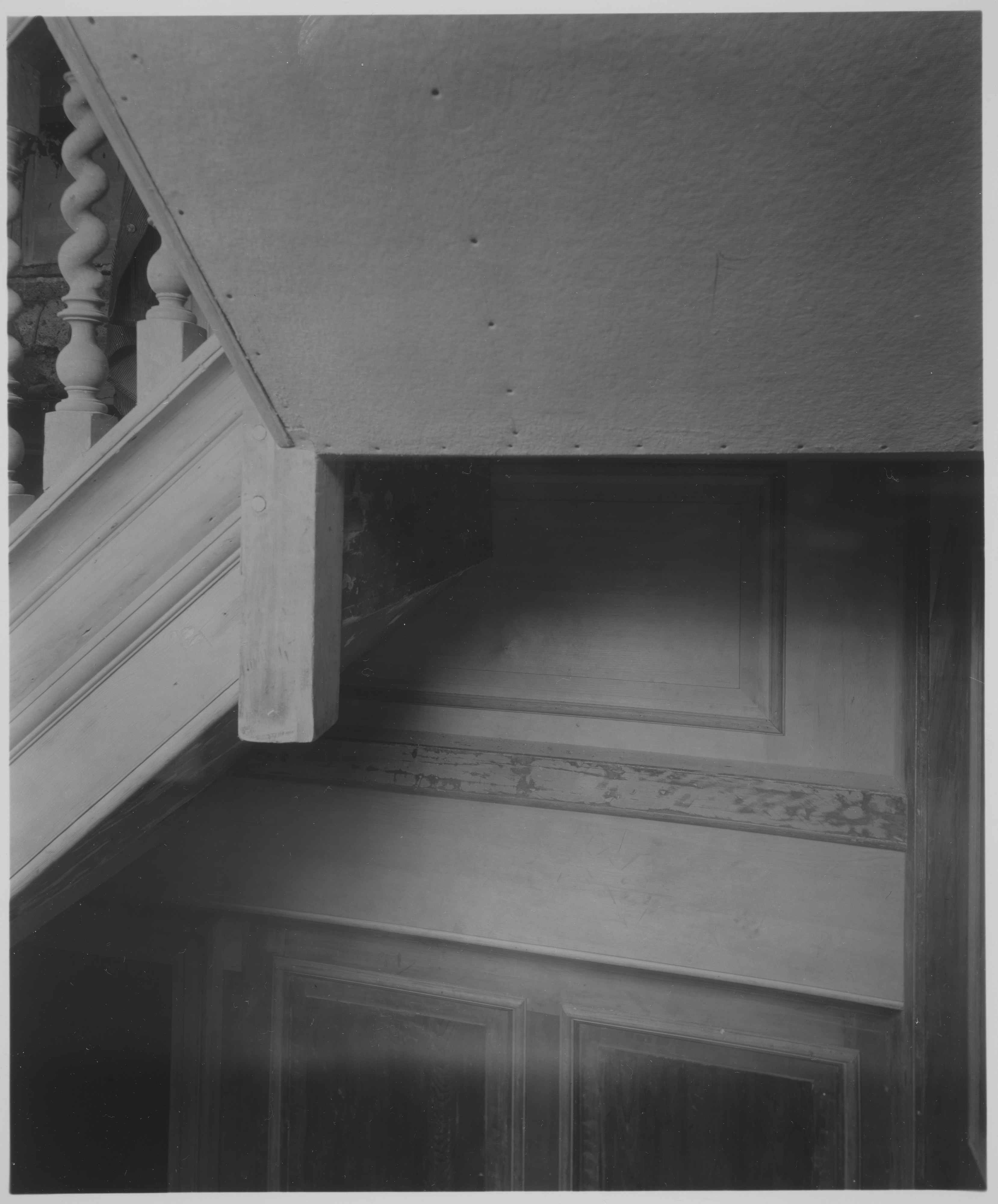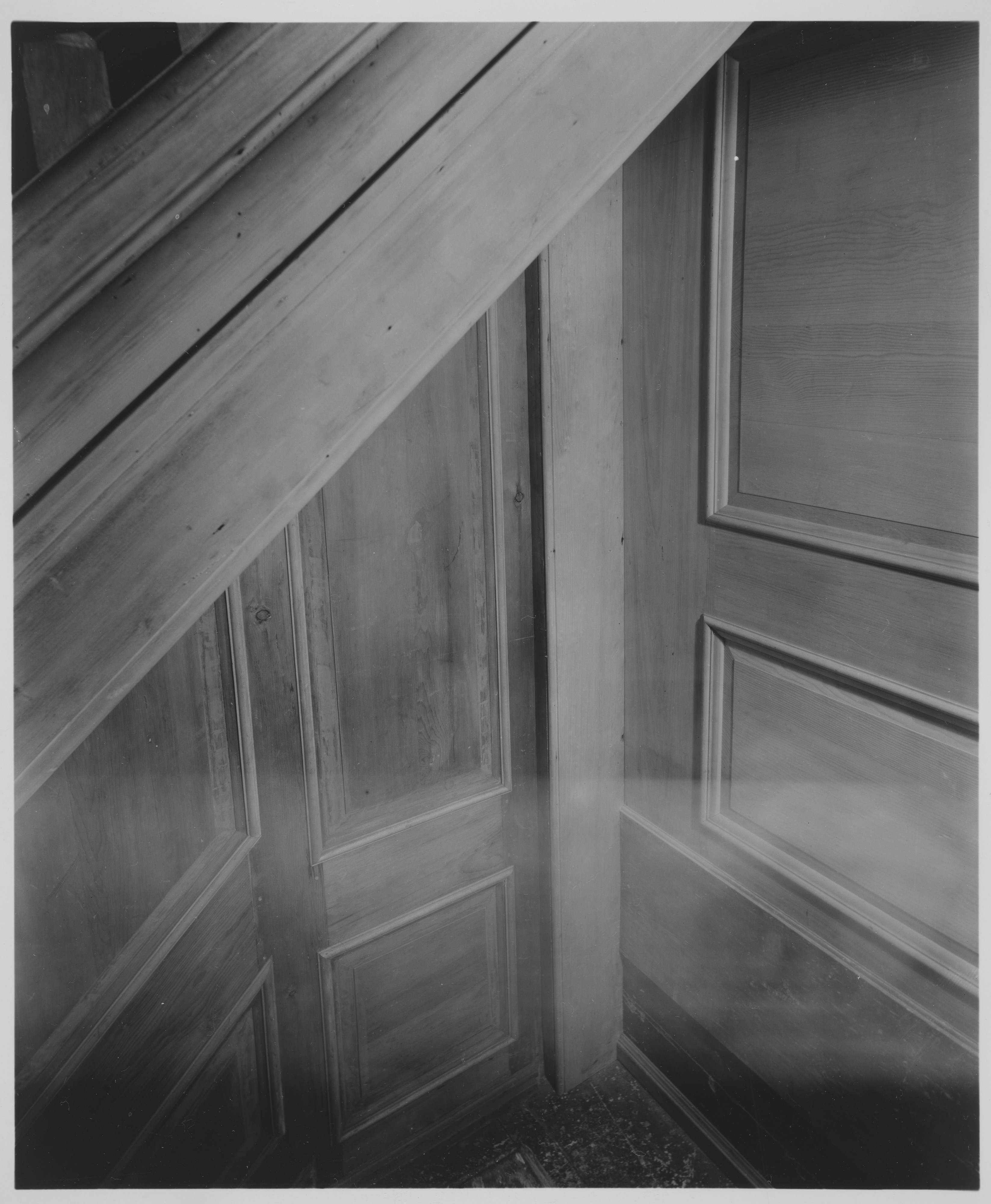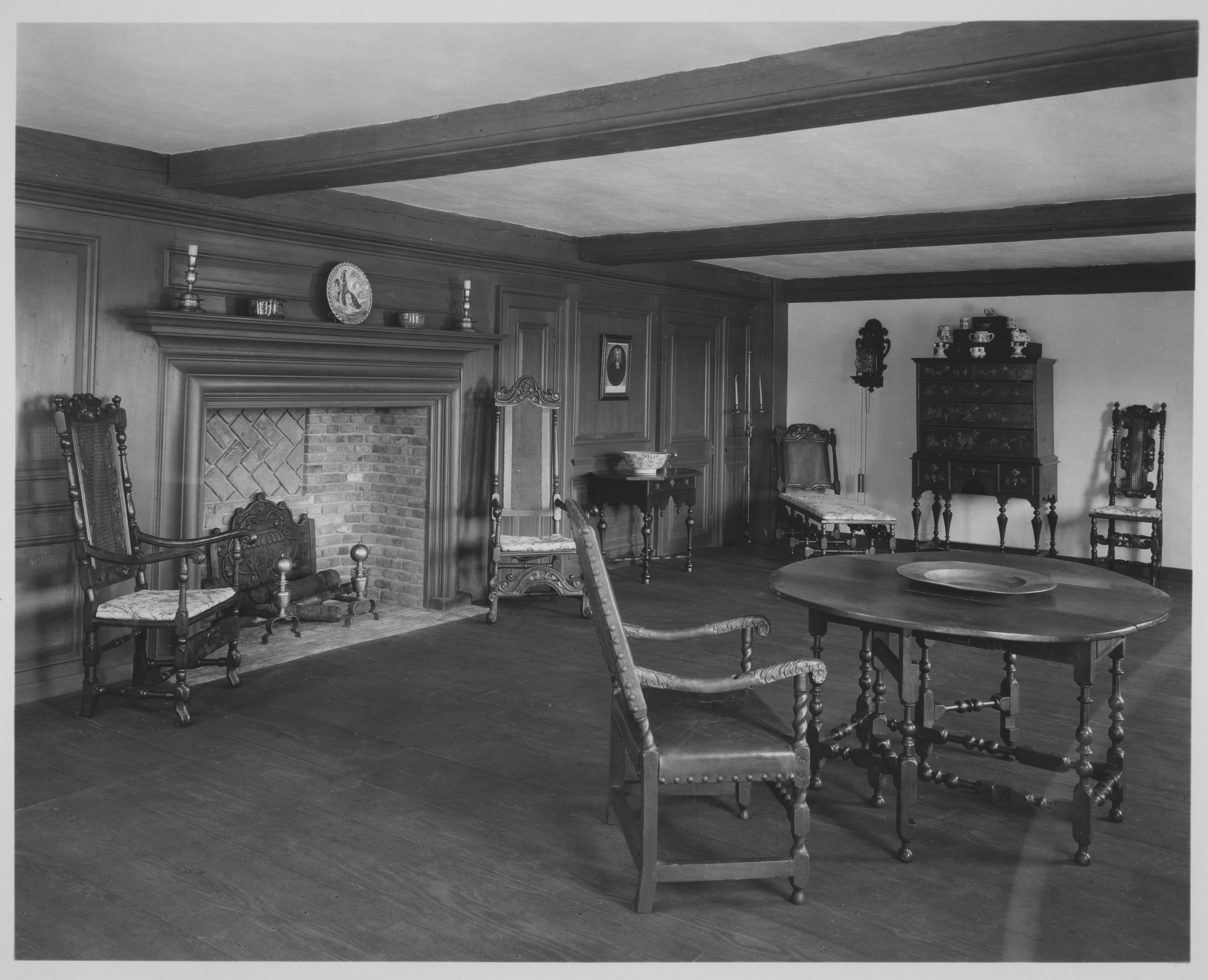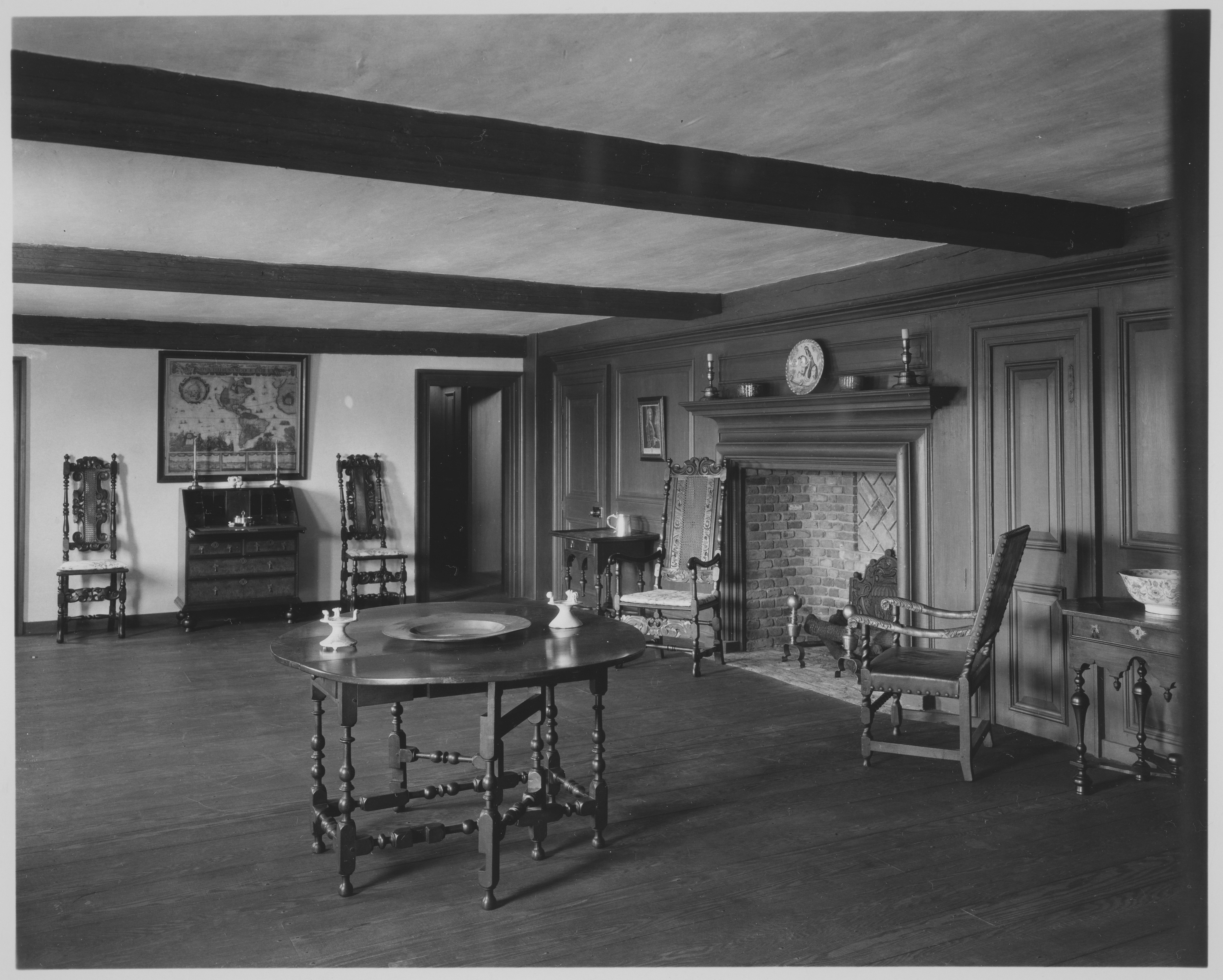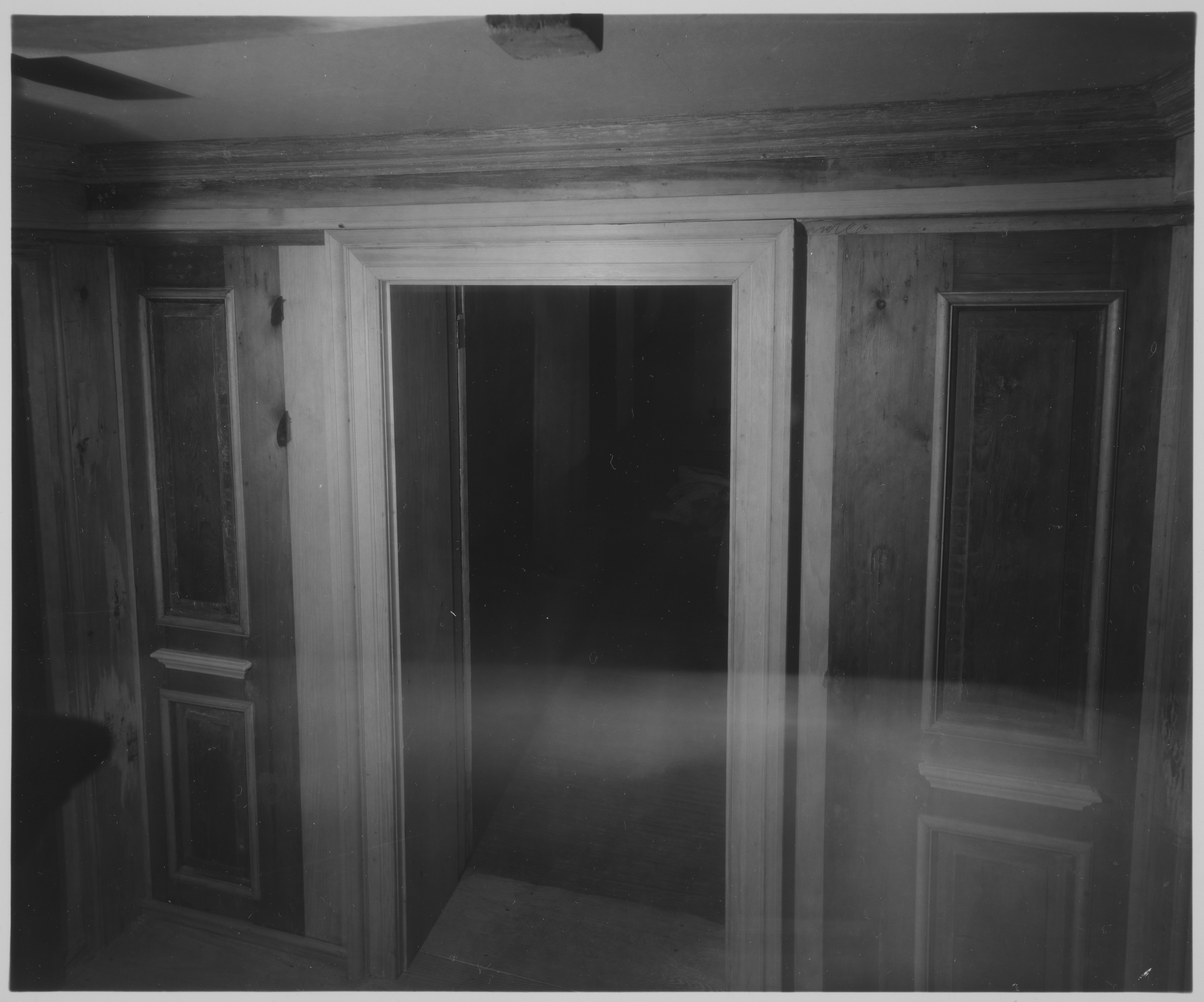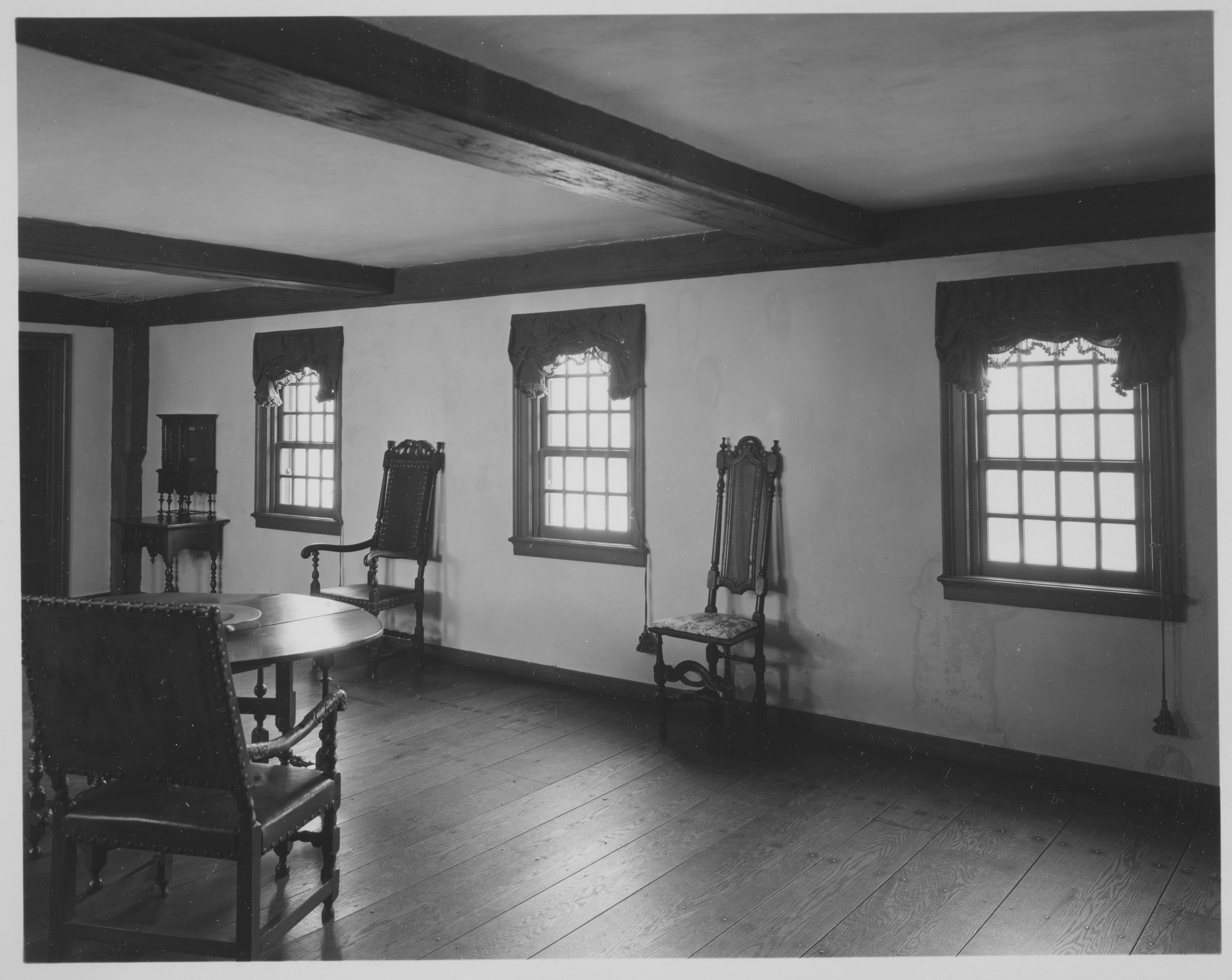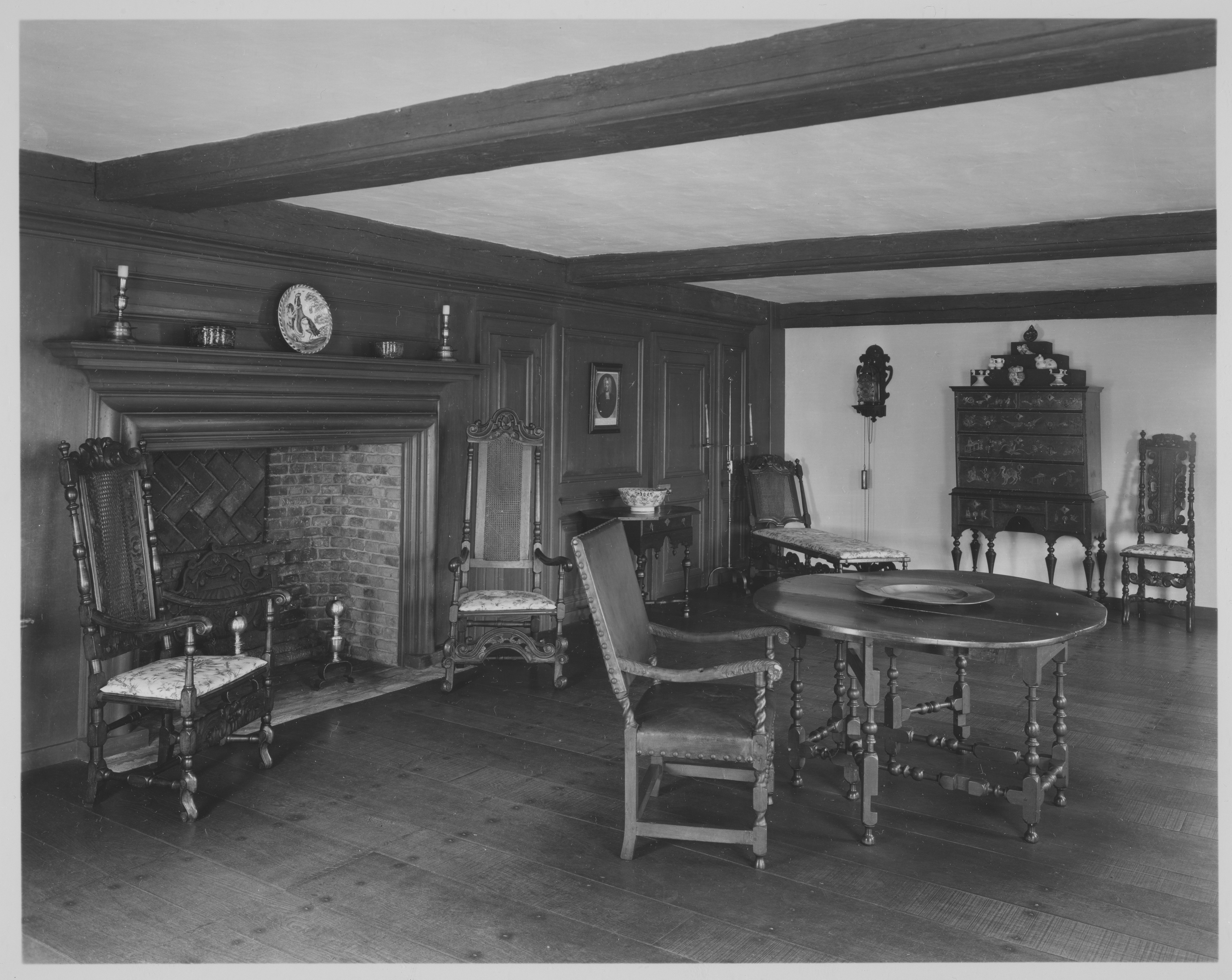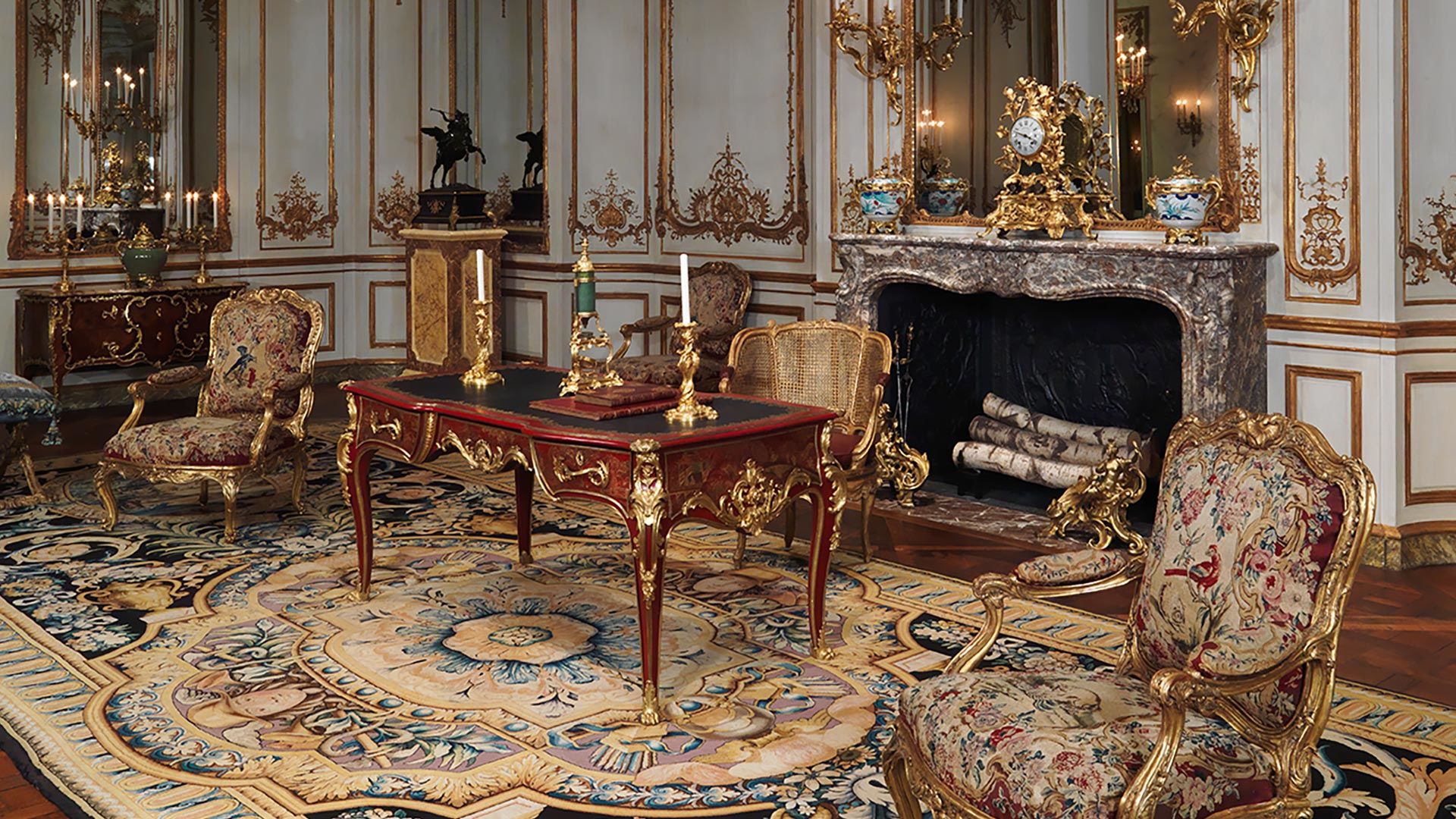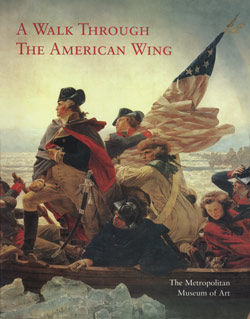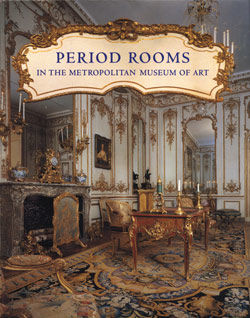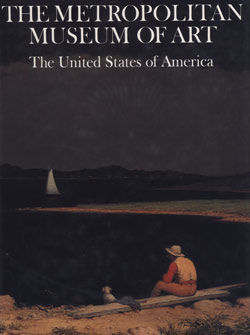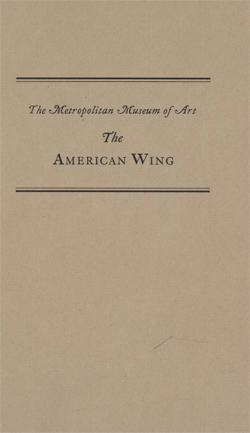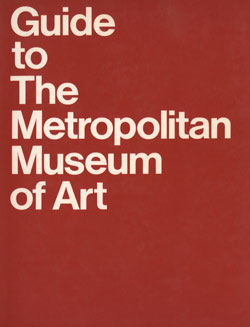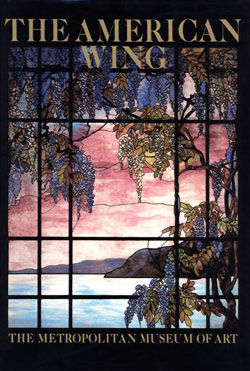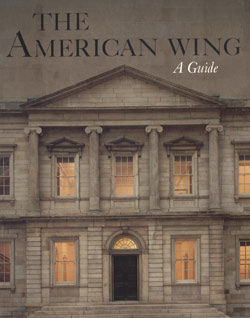Wentworth House
Not on view
In 1926, the Museum purchased the entire Wentworth House, built about 1695–1700 in Portsmouth, New Hampshire. The original intention was to dismantle the structure and incorporate its interior into the American Wing. At present, only two spaces from the house remain in the Wing: the main stair, known as the Wentworth Staircase, and the largest room from the second floor, called the Wentworth Room. The original owner of the house was John Wentworth (1671–1730), a merchant, sea captain, and onetime lieutenant governor of New Hampshire. The house was unusually grand in scale. Built on a central chimney plan, the structure's main stairway rose from the first floor to the attic and was contained within a small entry that abutted against the front of the chimney. The spiral turned balusters are the earliest of this type known in New England. The second-floor room is also distinguished as one of the largest domestic interiors surviving from the early colonial period. It is furnished with a combination of English and American-made furniture in the William and Mary or early Baroque style.
Due to rights restrictions, this image cannot be enlarged, viewed at full screen, or downloaded.
This artwork is meant to be viewed from right to left. Scroll left to view more.
